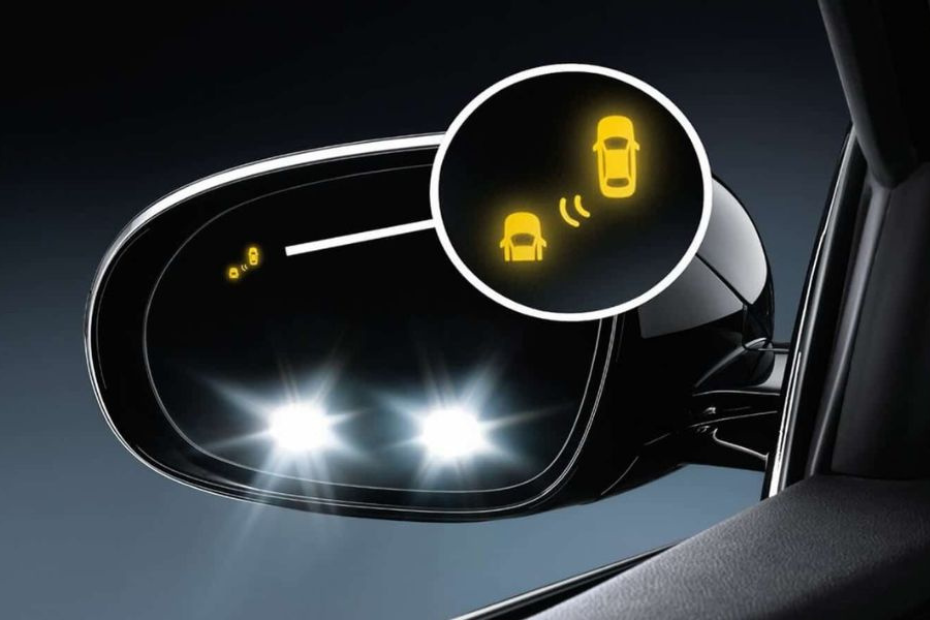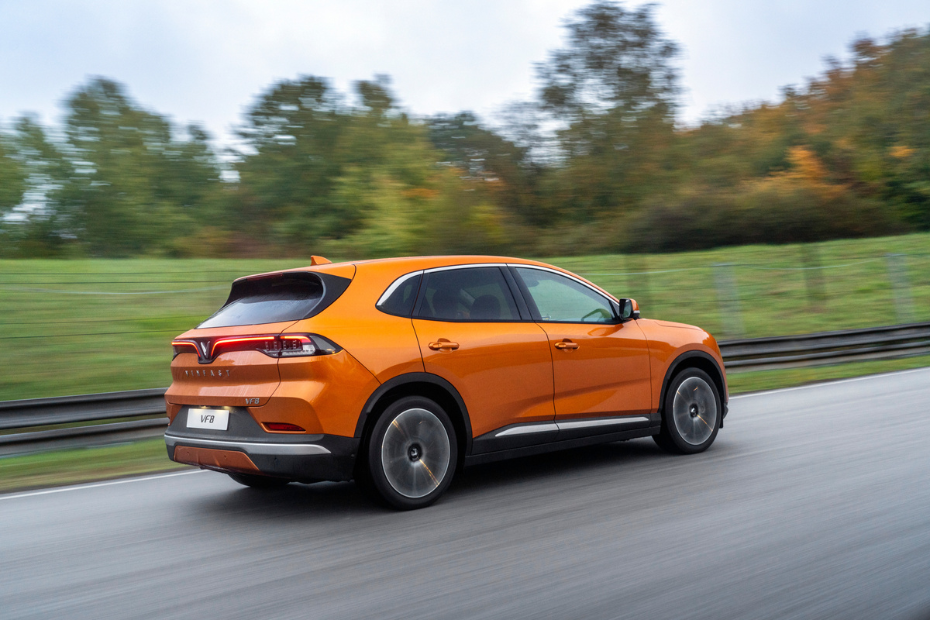What You Need To Know About Driver Assistance Technologies

Driver assistance technologies can help you focus on the road and reduce your chances of a crash. In 2020, 38,824 Americans died in motor vehicle crashes—many of these crashes were tied to human error. Learn more about driver assistance technologies, how they can help you, and what you should know about these technologies when buying your next vehicle.

Lane Departure Warning (LDW)
This feature helps you stay in your lane and can be used in combination with adaptive cruise control. It uses laser technology to monitor whether you are staying within the lane, warning you when you drift out of it. The LDW system is often combined with collision warning and blind spot detection systems, but this isn’t always the case — some cars have LDW but no other driver assistance features!
After just three years in operation, VinFast has managed to bring to market a midsize SUV/C-segment with basic self-driving and steering assistance features such as lane departure warning, blind spot warning, and rear cross traffic alert. These cutting-edge technologies help reduce collisions common in urban traffic, particularly in densely populated cities.

Blind Spot Detection (BSD)
Blind Spot Detection (BSD) is a feature that alerts the driver if there is an object in their blind spot. BSD uses sensors to detect vehicles in the blind spot and alerts the driver with an audible warning light on the dashboard or side mirrors, as well as a vibration through the seat.

Cruise Control
Cruise control is a system that automatically maintains a set speed and can be used in both city and highway driving. Cruise control is useful for long distance driving, as it reduces driver fatigue by taking away the need to constantly adjust your speed while you’re behind the wheel and reduces a vehicle’s fuel consumption.
Collision Warning (CW)
A collision warning (CW) system is one of the more advanced driver assistance technologies. It uses sensors to detect when a collision is imminent and warns you in different ways depending on the type of vehicle you’re driving. If your car has CW, it may use visual cues like flashing lights and sounds (which can be adjusted or turned off). Or it might use haptic feedback—that is, vibrations that let you know something’s happening.

Hill Start Assist (HSA)
Stopping halfway uphill is always difficult for drivers, especially new drivers. In this case, the driver must release the brake pedal to step on the accelerator pedal, which increases the risk of the car rolling backward and causing an accident. Therefore, many automakers have opted to make standard hill start assist, which prevents the vehicle from sliding backward for about 3-5 seconds, giving the driver enough time to shift from the brake to the accelerator safely.
Camera Monitoring System (CMS)
This type of system uses a camera that monitors the driver’s behavior as they drive. The camera is often placed inside the car and can also be used to monitor other drivers on the road. The CMS can alert a driver if they are making any errors while driving, such as slamming on the brakes or swerving too much in their lane. These alerts may include warning, and alarms depending on how serious an issue is detected by the CMS.
CMSs are now equipped on many vehicles, allowing for real-time observation, analysis, and monitoring of the driving and driver behavior. In addition, these systems can provide forward collision warnings, recognize traffic signs, and detect driver distractions.
CMS has been around since 2003 when it was first introduced into cars manufactured by Mercedes-Benz but since then many other automakers have started integrating this feature into their vehicles due to research illustrating how effective it can be at preventing accidents.

Air Disc Brakes (ADB)
A major advantage of air disc brakes (ADB) is that they’re more efficient than drum brakes. Drum brakes use a large amount of friction material, which makes them noisy and inefficient. Air disc brakes use less friction material and are able to dissipate heat faster, making them quieter and more efficient. In fact, ADBs can be up to 40% more efficient than drum brakes.
Another benefit of air disc brakes is their longevity. Most drum brake manufacturers recommend replacing the shoes every 50,000 miles or so; on the other hand, ADBs can last much longer—in some cases as long as 100,000 miles before needing replacement. And because they require less frequent maintenance, you can save even more money in repair costs over time by choosing an ADB over a traditional drum setup.
The cost savings don’t stop there either: when you buy new car parts like rotors or calipers for your vehicle instead of repairing old ones (which may not even be available anymore), those repairs add up quickly!

Conclusion
We hope you enjoyed learning about these important driver assistance technologies. They can help you drive safer and more efficiently, which is why many of them are prevalent in VinFast’s new SUV/C-segment. We think it’s important for drivers to understand what these systems do so they can make an informed decision on whether or not they want them installed in their EV!
Bạn cần đăng nhập để tương tác với nội dung này: Đăng nhập.



Very informative. I learned something about air disc brakes. Another example of how Vinfast is helping the environment and saving us money.
Bạn cần đăng nhập để tương tác với nội dung này:
Đăng nhập.